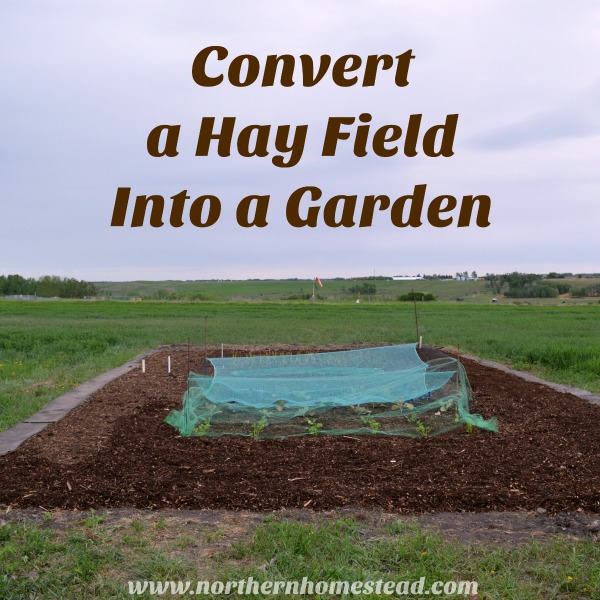
How to convert a hay field into a garden. This spring our Community Garden offered us to do a no-till garden trial. We were immediately on board. We have been using a no-dig or till method in our home garden quite successfully. To convert a hay field is a bit of a different story, but eh, we are up to a challenge.
To till or not to till
We already covered this question in our blog articles no-dig or double dig, and to till or not to till the garden. Most no-dig gardening advice says that in the case of converting a hayfield or lawn into a garden it’s better not to till. And we would agree with it if you don’t want to plant the garden right away.
In our home garden, we have done both. Not to-dig is less work, but you don’t get as quick results.
For the trial garden, we decided to do a shallow till, just so the weeds and alfalfa are discouraged from growing, and we can plant potatoes immediately into that soil.
If you decide to till, make sure that your topsoil is at least as deep as the tiller goes, otherwise, you will end up mixing topsoil with subsoil, resulting in poor quality soil.
Preventing weeds
To prevent weeds from growing you have to cover the soil. What you cover it with and how much depends on your preference and material available.
Charles Dowding and Stephanie Hafferty in their book: No Dig Organic Home & Garden share a very helpful chart on what material can be used for a no-dig garden and how much would be needed. It is a go-to book for no-dig gardeners.
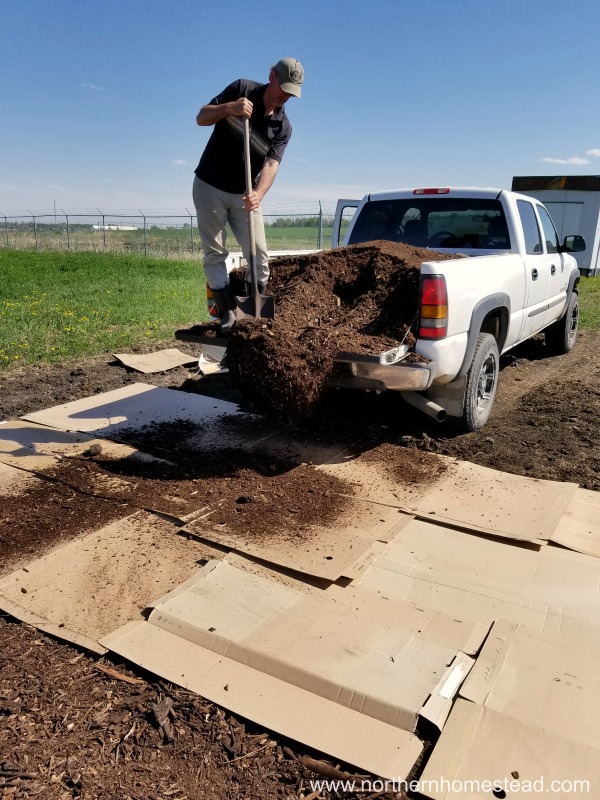
For the 20 by 50-foot trial plot, we used 3 different coverings.
The area where we planted potatoes we covered with only wood chips. To prevent weeds from growing by using wood chips only we would need 6-8 inches. We did not add them all at first, because we also wanted the potatoes to still be planted in soil, and actually grow. We added about 3+ inches on top of the freshly planted potatoes and will add more as the potatoes grow.
For onion seedlings and beans we used different types of compost, about 4-5 inches. We used mushroom compost, horse manure and the top layer is also wood chips.
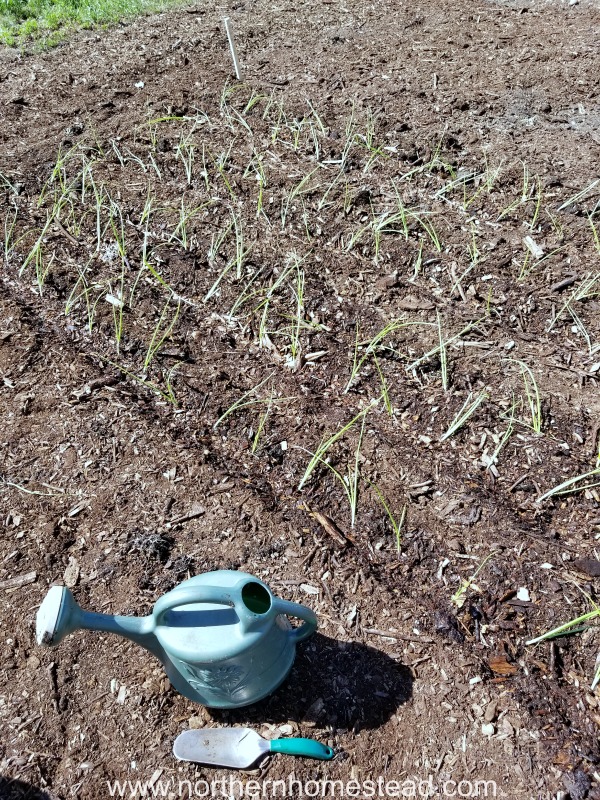
In the area where we planted cabbage, celery, and squash (which will be planted in June), we added a layer of cardboard under the wood chips. Cardboard is great for preventing weeds from growing, however, we only used it where bigger seedlings were planted (read more below).
Mulch, Mulch, Mulch
A no-dig garden is a mulched garden. To give you an idea of how much is needed here is what we used: In the main area of the new garden, we used a layer (1 pickup truckload) of mushroom compost, a layer of horse manure (2 pickup truck loads), and wood chips on top (2 pickup truck loads). All of this made about 5-6 inches. In the potato area, we used 3 pickup truck loads of wood chips and will bring in more as the potatoes will need it.
That’s 8 truckloads of natural composted material for a just under 1000 square foot (92.9 m²) garden. We were lucky to get all of it for free, with just a lot of labor.
Other materials that can be used are hay, grass, straw (all weed-free), wool carpet, cardboard, and newspapers.
Planting a new no-dig garden
Ideally, a no-dig sheet mulched garden is started in the fall and left to settle over the winter before planting in spring.
It can also be planted right away, but it is good to lower your expectations for a brand-new garden.
We did not plant any small seeds, instead, we used mainly seedlings, plus some beans and sunflower seeds.
If using cardboard make a hole in the cardboard and plant the seedling. Make sure to water the hole and the seedling to make moisture available for the plants. Because of the cardboard, light rain might not get to the roots, be aware of that.
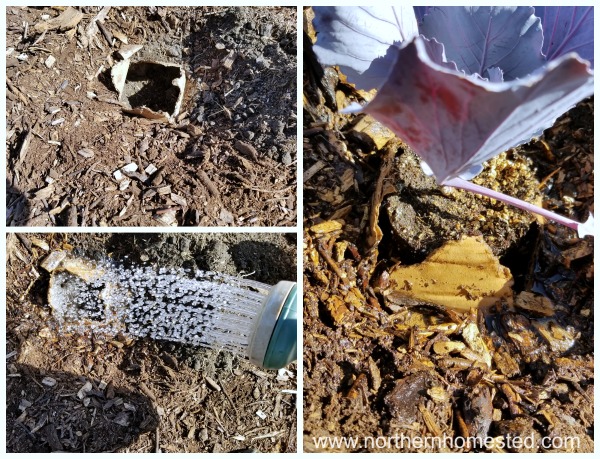
We planted the potatoes into the soil as per usual, just more shallow. We mulched the area after the potatoes were planted, planning to add more mulch as the potatoes grow.
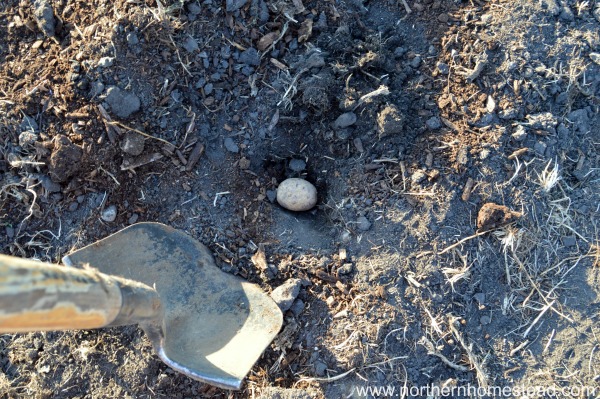
Long term care
A no-dig garden will get better over time. The best time to start to convert a hayfield or lawn into a garden is now, even though it might not perform as great now, but later.
A no-dig garden has fewer weeds with more weeding. Let me explain: If you till a garden you get a fresh start every spring even though it might be overgrown in the fall. Not so in a no-till garden. You get what you worked for. If you keep it clean, you will eventually have a no weed garden. If you let the weeds grow, they will. It will be easier to weed the no-till mulched garden though.
The garden will need a fresh layer of mulch every year. After a few years, it will not be needed us much, but mulch is essential for a no-dig garden. It is good to build your own compost to have free mulch available right at the garden site.
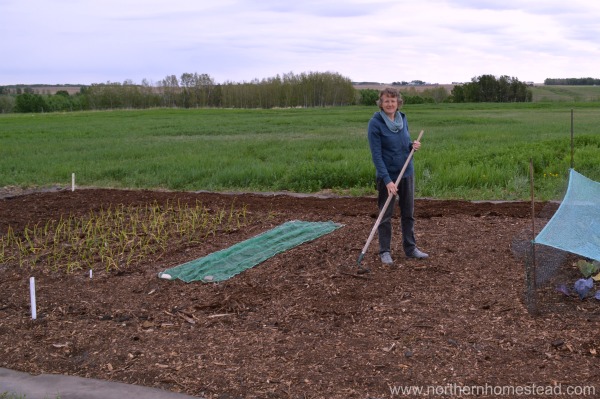
We will keep you updated on this trial to convert a hayfield into a garden. If you have had any experiences with a brand new garden, please share it in the comments below.
Read the update on the field garden here.

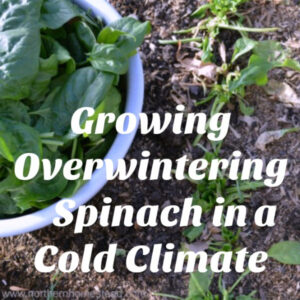
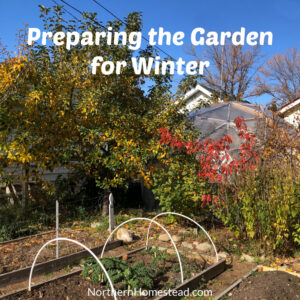
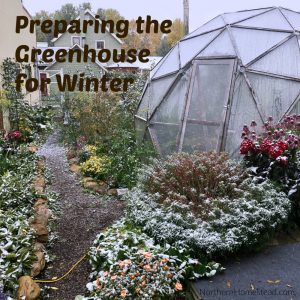
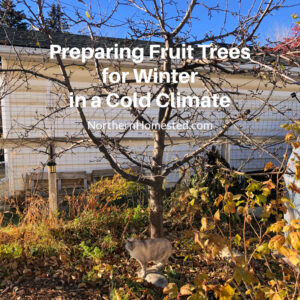
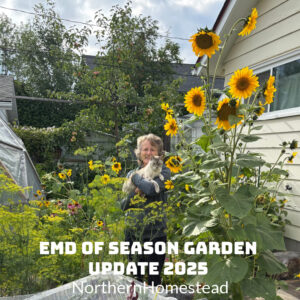
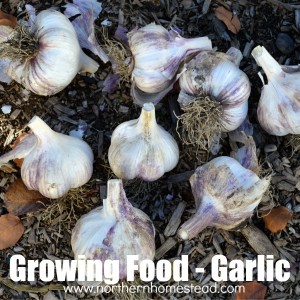
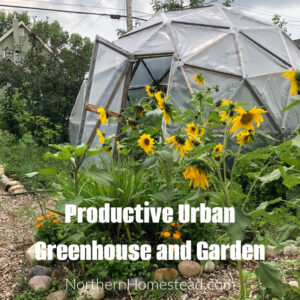
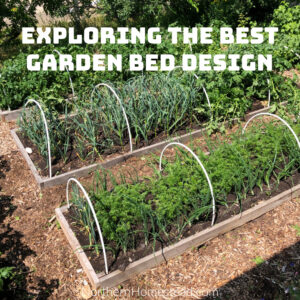
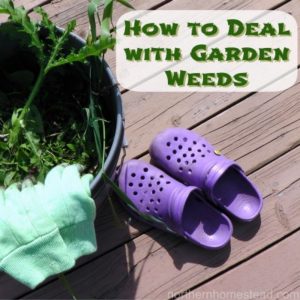
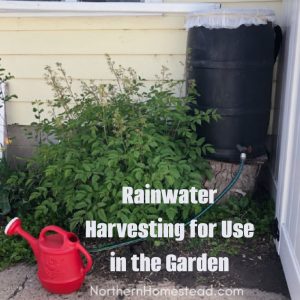

We converted part of a meadow. The first fall we used a box blade to tear up the top layer of sod. Then did our best to scrape it off. One section we dug by hand to remove rocks so we could plant flax in spring. The rest we dragged the teeth of the box blade thru to remove any large rocks. We gave up on removing rocks since there were so many. Put down sheets of cardboard from our move and covered with plastic and held it all down with wood stakes and heavy rocks over the winter. In spring we went with raised beds, filling with peat moss, compost and vermiculite. It was a great garden except for cuke. Later we put more cardboard and wood chips in the aisles to prevent weeds. Some spots need more mulch as some stubborn grasses are busting thru. We hope to have good mulched beds by the time the wood beds decompose.
Thank you for sharing Barbara. Happy to hear it worked so well. Peat moss, compost and vermiculite is the square foot garden method. It is a great mix, we use it at home wherever we need to create new soil.
This is exactly what I’ve been wanting to know. I have a section of land that is solid grass and wanted it to become a garden. I pictured having to cut off the sod and that is just too big a job. I have had my son cut the grass very short and then we put large heavy tarps all over it, held down with laid down fenceposts. It’s only been 2 weeks but I hope to be able to get in there and plant my tomatoes next week.
2 weeks will not be enough to kill weeds, but now you know what options you have. Happy gardening.
Great article and blog. I’m very excited that I found it. I just recently moved from the lower mainland so I’ve been trying to find information about gardening in zone 3. My yard is on a newly developed lot in Alberta. It’s basically clay which has been compacted by machines during development. I would like to achieve a no till vegetable garden as well as good soil for lawn and perennial area but I would need to bring in a lot of mulch and compost. I am thinking about growing cover crops for a whole year in hopes to create better soil and avoid the amount of mulch, compost and soil I would need to bring in. Do you have any experience with this or know anyone who does? Will it work? Or will it not make much of a difference?
Welcome, Cornelia to our blog and Alberta gardening. Having an idea of what you are dealing with, I doubt that just growing a cover crop will do it for you. Also, a no-till garden does need a cover preferably every year. It’s just the nature of a no-till garden. We would recommend bringing in natural material, and there is lots available for free. Ask around farmers, mushroom farms, tree care companies are all great sources for the natural material to build soil.
So how is it performing? Did the hay come through a lot?
Did you choose the plants specifically to help suppress the hay? I’m looking at doing this on a 1/4 acre to make it a market garden. But if planting potatoes onions and squash exclusively are needed for the first season, I could.
We do have an update on the hey field garden here. We did not have a problem with the hay coming through, but with the surrounding field.